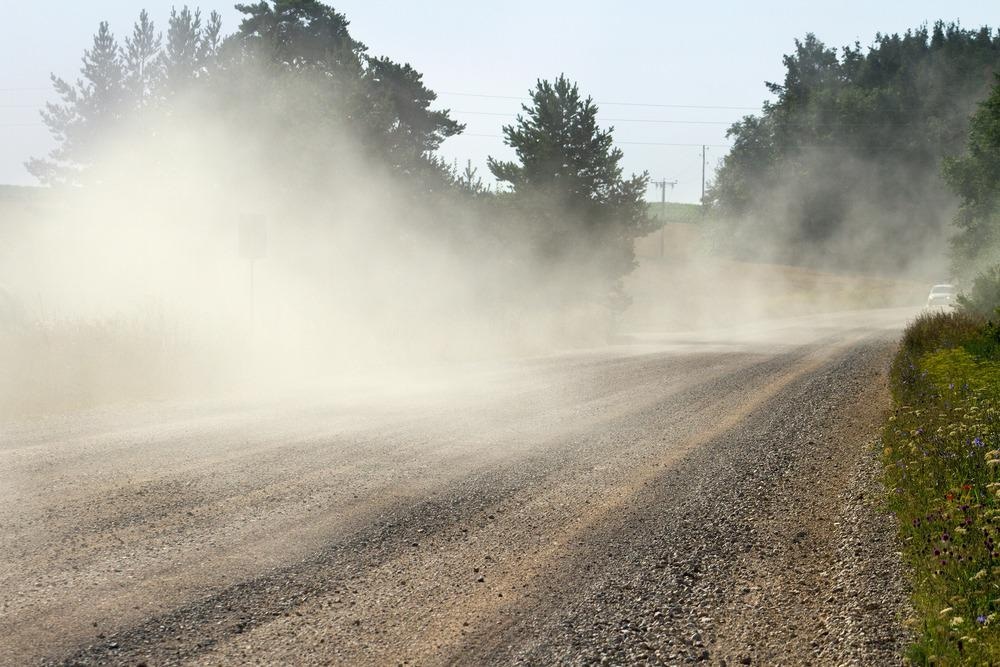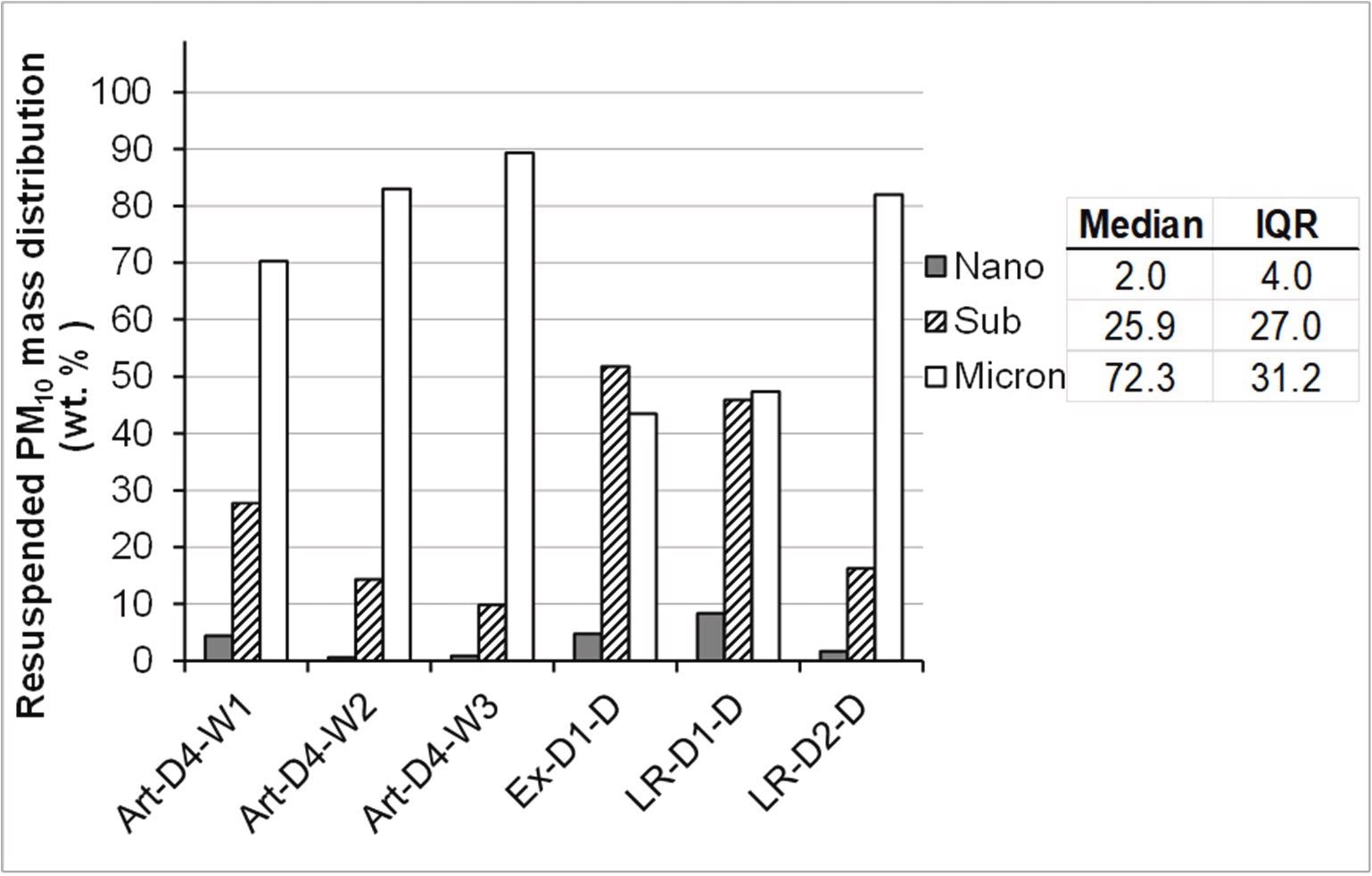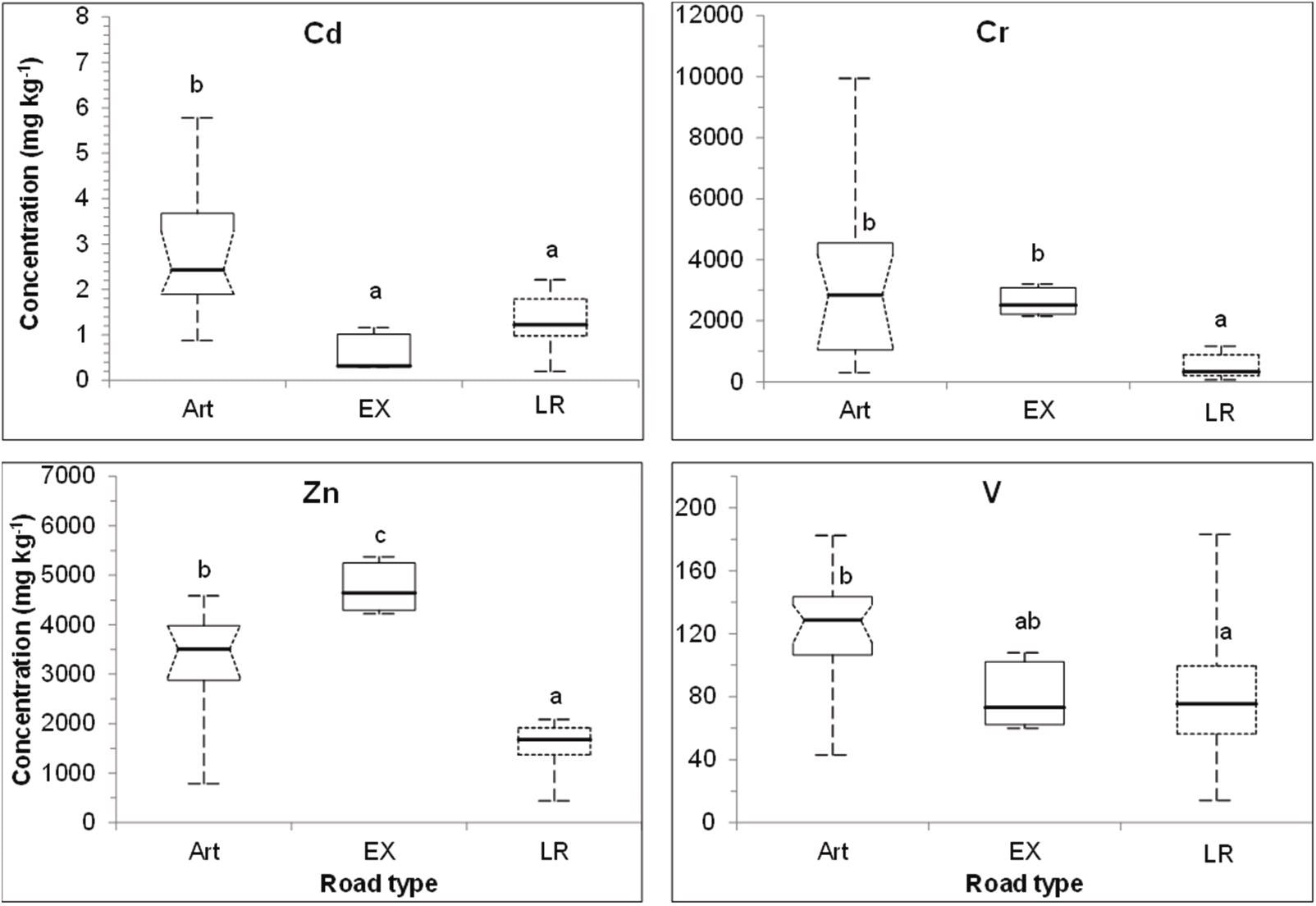.jpg) By Susha Cheriyedath, M.Sc.Reviewed by Skyla BailyDec 1 2021
By Susha Cheriyedath, M.Sc.Reviewed by Skyla BailyDec 1 2021In a paper published in the open-access journal Atmosphere, researchers from Canada recently investigated metal concentrations in ultrafine particles (UFP; <0.1 µm) from “dust box” sweepings collected by the City of Toronto, Canada.

Study: Quantification and Characterization of Metals in Ultrafine Road Dust Particles. Image Credit: Ratikova/Shutterstock.com
Ultrafine Particulate Matter in Road Dust
The chemical composition of UFP and its contribution to the toxicity of airborne particulate matter (PM) is not well understood. Air pollution is linked to various adverse effects such as lung cancer and respiratory and cardiovascular disease.
Although air quality regulations in many parts of the world limit the mass concentration of PM ≤ 10 µm and PM ≤ 2.5 µm (PM2.5), there are no regulations around the world for UFP due to the lack of sufficient data. More data on the concentration and composition of UFP in common sources of airborne PM such as road dust are essential for a better assessment of their potential health impacts.

Distribution of the mass collected among the nano, sub-micron and micron classes of filters for each resuspended dust box sample, expressed as median % of the total resuspended PM10 (total mass recovered on filters < 10 µm > 10 mm); inset overall median % of the total resuspended PM10 for all 6 samples, and inter quantile range (IQR). Image Credit: Beauchemin, S et al., Atmosphere
Road dust contains eroded material from buildings and pavements, particles from soils, de-icing salt, and atmospheric deposition, and vehicle exhaust and non-exhaust emissions. Although it is a major source of PM10 in urban environments, its contribution to airborne UFP is not well defined.
Previous studies of road dust samples showed enrichment in several metal(loid)s with the decrease in particle size. This study analyzes the metal(loid) concentrations in UFP resuspended from dust box sweepings that are representative of three road types.
About the Study
The main aims of this work are the following: to measure the proportion of re-suspendable UFP in a range of dust box sweepings, to assess metal(loid) concentrations in the nano-scale fractions; and to discuss the impact of the findings on human health.
The researchers investigated metal concentrations in UFP isolated from the “dust box” sweepings collected in Fall 2015 and Spring 2016 from the City of Toronto, Canada, with the help of regenerative-air-street sweepers. They collected the samples from the following three community council areas - Toronto and East York (D1), including downtown, which is the most densely populated area; Etobicoke York (D2); and Scarborough (D4).

Ratios of element concentrations in the aerosolized nano fractions compared to the dust box considering all six road dust samples (nano/dust box ratio); each box plot shows the median within the 25th and 75th percentile box, dispersion extending 1.5 x IQR from each quartile, as well as near (>1.5 IQR) and far (>3 IQR) outliers. The 95% confidence interval for the median is plotted as a notch on the box. Elements circled in gray: not considered because >50% values < LOD; plain and dotted lines at nano/dust box ratio = 1 or 2 respectively: visual guidelines. Image Credit: Beauchemin, S et al., Atmosphere
The authors aerosolized dust box samples from expressways, arterial roads, and local roads and separated them into 13 particle size fractions in the range of 10 nm to 10 µm (PM10). The dust was collected on Teflon filters for 2 to 4 hours with each sample run in triplicate. Buoyancy-corrected gravimetric analysis of the Teflon filters was performed before and after loading in Health Canada’s “Archimedes M3TM” Buoyancy-Corrected Gravimetric Analysis Facility.
A one-hour ultrasonic dissolution in 45% HNO3/0.8% HF and a solid to solution ratio of 2 mg: 6 mL was performed to determine the total element concentrations of the dust box samples. Techniques such as inductively coupled plasma-mass spectrometry (ICP-MS) or inductively coupled plasma-optical emission spectrometry (ICP-OES) were used for elemental determination.
The researchers used Kruskal–Wallis non-parametric ANOVA to determine inter-median differences for road types and evaluated the critical differences between medians and distributions using the Wilcoxon–Mann–Whitney rank test.
Results
The results showed that organic C content of the dust box samples varied from 3.8 to 8.7 wt.% and the major elements present in these samples were Fe, Si, Mg, Al, and S. Trace elements such as Zn, Cu, Pb, and Cr were the most abundant elements in the dust box and were present at higher concentrations compared to that in surficial soils from the same region.
These metals are usually found in tire rubber (Zn, Pb), brake pads (Cu, Cr, Pb, Zn), and vehicle fuel combustion residues.
All three arterial road samples collected from the same district but during different weeks had a comparable composition over time. However, UFP collected from arterial roads had two times more Cd, Zn, and V and nine times more Cr than UFP gathered from local roads. The highest Zn concentration was observed for the municipal expressway, which can be attributed to greater traffic volumes and higher speeds.

Concentrations of Cd, Cr, Zn and V in the nano fractions for each road type; each box plot shows the median within the 25th and 75th percentile box, dispersion from 5th to 95th percentile. The 95% confidence interval for the median is plotted as a notch on the box. For a given element, median concentrations labeled with the same letter are not statistically different based onWilcoxon-Mann-Whitney rank test (p > 0.05). Fractionation was conducted in two to three replicates on each dust box and each replicate had 4 nano fractions (Art: n = 31; Ex: n = 5; LR: n = 11). Image Credit: Beauchemin, S et al., Atmosphere
Of the six samples, most of the re-suspendable mass of dust particles was found in the micron and sub-micron fractions. This could be due to longer dry periods, increase in the number of heavier vehicles such as sport-utility vehicles, minivans, and light trucks that create more friction on the road surface.
The UFP fraction was about 2% of the total mass of resuspended PM10. Elemental analysis using ICP-MS and ICP-OES showed a clear increase in Cd, Cr, Zn, and V concentrations in UFP compared to the dust box material.
Conclusions
The study findings showed that some transition metals such as Cr, Cd, Zn, and V concentrate into re-suspendable UFP, which is highly relevant to human health. UFP inhalation can cause oxidative stress in lung cells and transition metals actively contribute to these toxicological responses.
According to the authors, there is a huge knowledge gap in the composition and toxicological impact of environmental UFP and advancing the understanding of the contributing sources of these UFP is very crucial.
Disclaimer: The views expressed here are those of the author expressed in their private capacity and do not necessarily represent the views of AZoM.com Limited T/A AZoNetwork the owner and operator of this website. This disclaimer forms part of the Terms and conditions of use of this website.
Source:
Beauchemin, S.; Levesque, C.; Wiseman, C.L.S.; Rasmussen, P.E. Quantification and Characterization of Metals in Ultrafine Road Dust Particles. Atmosphere 2021, 12, 1564. https://www.mdpi.com/2073-4433/12/12/1564